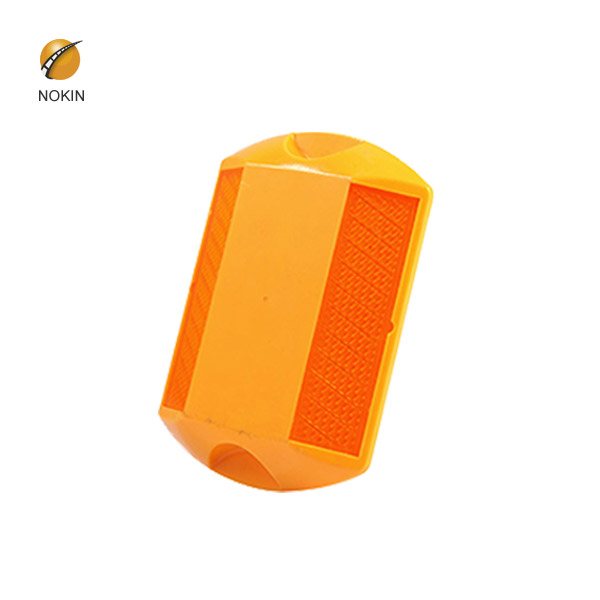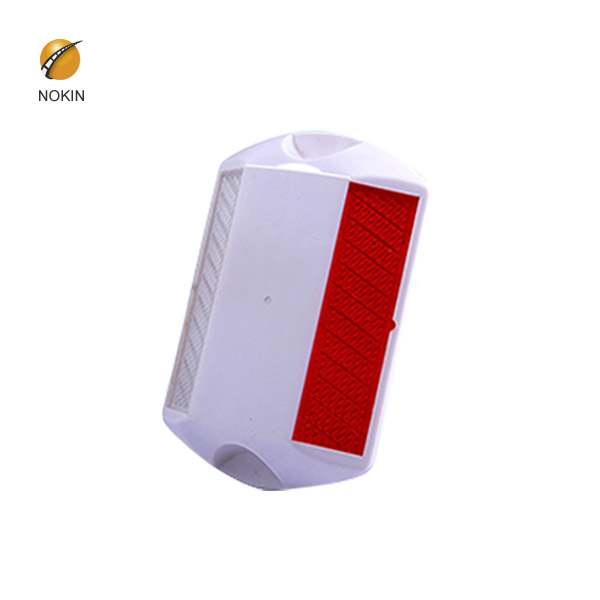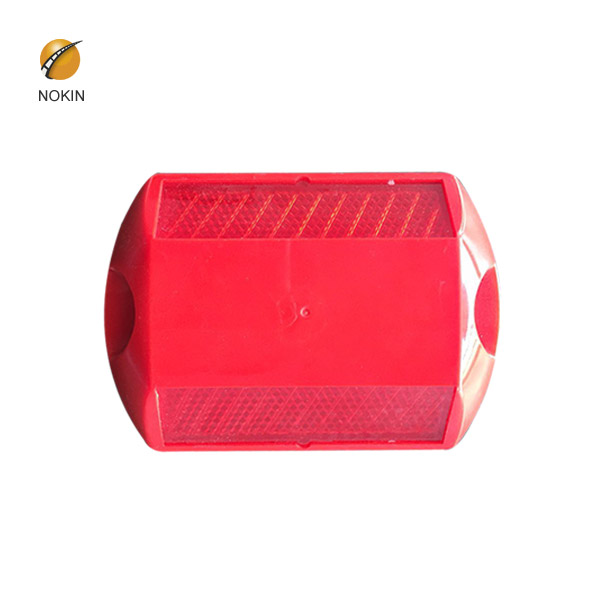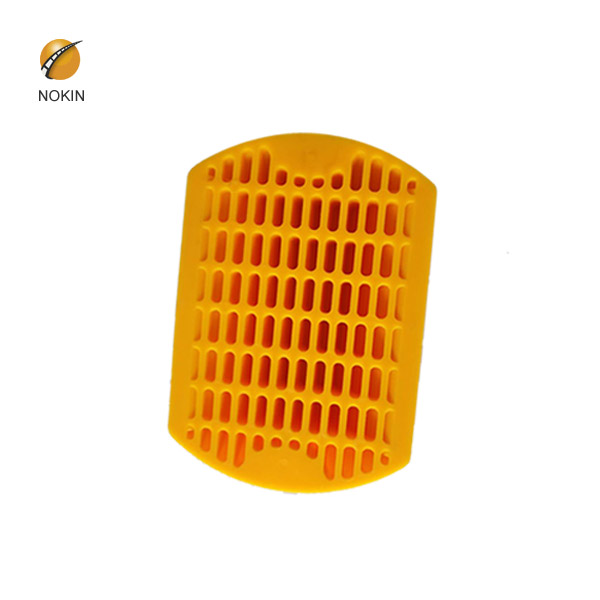



Reflective studs on motorway are safety devices used on roads. These devices are usually made of plastics, ceramics, thermoplastic coatings or occasionally metal, and come in a variety of shapes and colors. Reflective studs on motorway include lenses or reflective sheets, which enhance visibility by reflecting automobile headlights. Some other names for specific types of reflective studs include convex vibration lines, Botts' dots, contour lines, cat's eyes, road studs or road turtles. Sometimes they are simply referred to as "reflectors".
The specifications of Reflective studs on motorway:
| Body material | ABS |
| Size | 116*82*18mm |
| Lens Material | PMMA |
| Reflector type: | Double side/Single side |
| Color | Red, Yellow, Green, Blue, White |
| Packing | 50pcs/carton |
| Carton size | 38*36*23cm |
| Load capacity | 15Tons |

Unfortunately, news headlines are regularly reporting that drivers are taking the wrong turn at motorway slip roads. Placing them on the wrong side of a busy carriageway, it puts the driver in serious danger, as well as numerous other road users.
Then I hear whispers of a myth, a legendblue road studs. I Wiki, I Google, I find reference to ‘police slip roads’ or cold temperatures, but nothing else. I now find myself on the edge! Even Chapter 5 of the Traffic Signs Manual is bereft of information. Is this some ‘continental’ innovation, or was this something trialled then dropped?
Reflective road studs may be used with white lines on the road, make sure you recognise the difference: White studs mark the lanes or the middle of the road; Red studs mark the left edge of the road; Amber studs mark the central reservation of a dual carriageway or motorway; Green studs mark the edge of the main carriageway at lay-bys and slip
Oct 09, 2018 · New LED road studs have been installed at one of the UK’s busiest motorway junctions. Highways England fitted 175 of the lights – visible from 900 metres away – at the Switch Island motorway
Reflective road studs may be used with white lines. White studs mark the lanes or the middle of the road. Red studs mark the left edge of the road. Amber studs mark the central reservation of a dual carriageway or motorway.
Green studs: Division between slip road and active motorway lane Pass plus training course for motorway driving If you’ve just passed your test or are yet to venture onto the motorway, the Pass Plus course can be a great way to build up some confidence and knowledge before tackling them independently.
Mar 27, 2016 · Red studs mark the left edge of the road. Amber studs mark the central reservation of a dual carriageway or motorway. Green studs mark the edge of the main carriageway at lay-bys and slip roads. Green/yellow studs indicate temporary adjustments to lane layouts, e.g. where road works are taking place.
by the 301 housing, guarantees many years of excellent reflective performance from the studs, even on the busiest roads. Once the entire motorway from Dublin to Waterford is completed, the new N9 is sure to be one of the busiest roads in Ireland. And with 9000 290 studs, the stretch between Waterford and Knocktopher is
Retro-reflective raised pavement markers (sometimes called cat’s eyes or road studs) These RRPMs reflect light back at you as you drive down the road. They can be reflective on one or both sides (i.e. on a motorway it’s pointless to have it reflective both sides, but for a centre line marker it’s important to have them reflective both sides.
Motorway slip road – joining a motorway. Motorways may be joined from a roundabout or a main A road. Joining the A road or roundabout to the motorway is the slip road. The slip road is used to adjust your speed to fit in with the traffic already on the motorway. It’s important that you do not impede the traffic on the motorway in any way as
On approach to the slip road. When you want to leave the motorway, use your mirrors, make your signal left, usually at the first marker (300 yards) to alert the other traffic of your plans to leave the motorway, and exit the slip road.
Question 19: What colour are the reflective studs between a motorway and its slip road? You Said: Red – Wrong – Right answer was Green Question 20: A basic rule when on motorways is
Figure 3 is a reverse of this situation, where the left lane of the slip road has to give way to the right lane of the slip road, you should always look at slip road signs as this will prevent any confusion when the slip road comes to an end. Take a look at a typical slip road for a dual carriageway shown in figure 3 below: Figure 3 .
What are reflective studs? They are used on white lines on the road surface and are generally either white, red, amber or green. What is a slip road? Rule 259 of the highway code states: “When you join the motorway you will normally approach it from a road on the left (a slip road) or from an adjoining motorway.” Where can you find reflective amber studs on a
Feb 26, 2010 · Reflective Studs On Motorway. at slip roads, amber studs mark the central reservation, red studs mark the left edge and white studs marks the middle of the road …